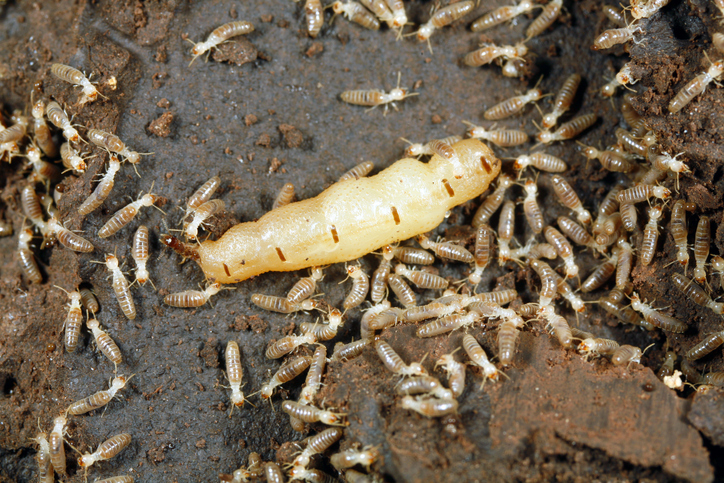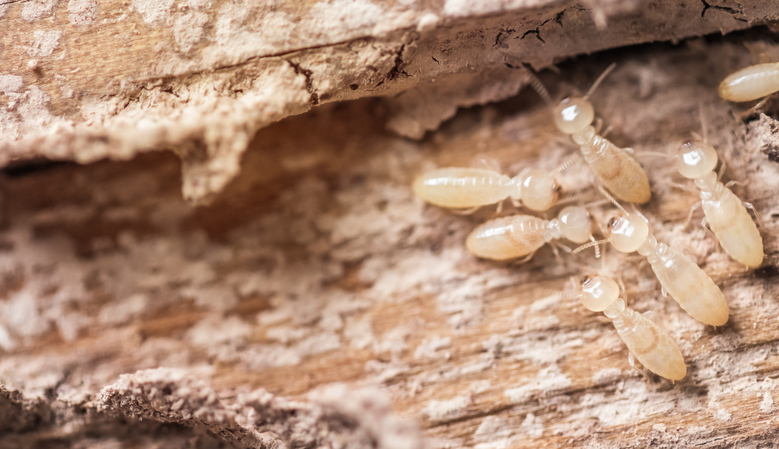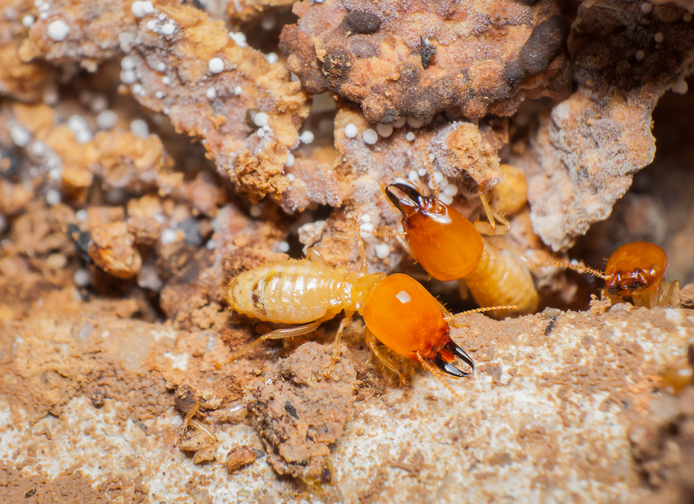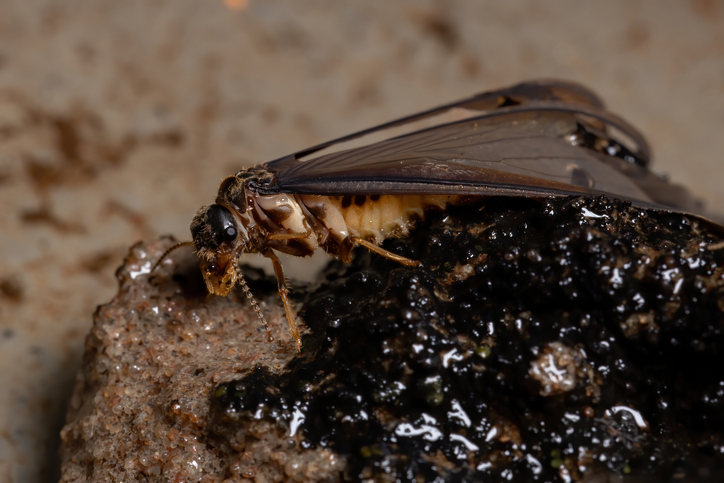Get a free estimate
If you have questions about our services, plans, or pricing we are here for you. Fill out the form below and we will communicate with you by email (and of course provide you with a free estimate).
MARCH 01 2022 /
Termites cost U.S. property owners billions of dollars each year. That is why it is so important to know a termite when you see one.
The problem is that these creatures live almost entirely in the soil around and under your home or inside the wood they are devouring; however, sometimes under the right conditions, you'll come face to face with termites.
Here's what you need to know.
All termites, no matter what species or classification, are insects. That means that no matter what termite you are looking at, you will immediately notice some of their insect characteristics.
Insects have two antennae, six legs, and three body segments (a head, thorax, and abdomen). The antennae of the termite look like several tiny balls stacked on top of each other that come out each side of the head in a slight curve or straight line.
The six legs of a termite can vary visually, but two will always protrude from the thorax and four will protrude from the abdomen.
This is helpful to determine where the thorax is on these insects. Unlike ants, termites do not have three distinct body segments.
The thorax and abdomen appear as one, giving the appearance that these insects have only two parts, a head and a body.
Queen
Inside a termite colony there are different castes with different roles to play. You are not likely to ever see a queen after she has begun creating offspring because she will live in the heart of her colony.
Unless you are ripping out a wall in your home or digging a large hole in your lawn, she will remain hidden from sight. If you do ever happen to see a queen termite, she won't be hard to recognize within her colony.
The longer she is allowed to produce babies, the larger her abdomen will grow.

Making her a giant, compared to the workers and soldiers crawling around her and on her. She will have a normal sized head and thorax, but her body will look like a large bloated slug, as much as an inch in length.
Often, there will be distinct, dark brown lines on her pale abdomen that make her look like a tiny loaf of bread.
Workers
Of all termites, these are the ones you are most likely to see. These are the termites that will work their way up into your home and chew their way through the wood inside your walls.
They are most often seen during the renovation of a home or when dead trees are removed from a property. This caste of termite is generally pale, slimy, and featureless.

From a distance, it can have a maggot-like appearance; but up close, it is easy to see its six legs and two antennae.
Worker termites have translucent skin and are teardrop in shape. They get this shape because their head is slightly smaller than their abdomen.
Soldiers
These are the termites that protect a nest. If you disturb a nest, you're likely to see these termites. The most notable feature of a soldier termite is its head.

It is a dark yellow color with dark brown pincers that give it an earwig appearance, but earwigs are much larger than worker termites and their pincers are on their abdomens, not on their head.
Swarmers
Of all the termite castes, this is the caste you are most likely to see. When a nest matures, a queen will begin to produce male and female reproductives that have the ability to fly.
These termites are born with four large white wings that stack on their back and which appear twice as large as their tiny bodies. Most swarmer's are black, but some species can appear brown.

These termites will come in a swarm and will appear on exterior walls and window sills in large numbers. Often, swarmers are a sign that a mature termite colony is already in the walls of a home or business.
Don't wait till you see these destructive insects to start protecting your property. At American Pest, we have termite monitoring and control systems that will stop termites before they chew into your equity.
Get your termite control system in place today.